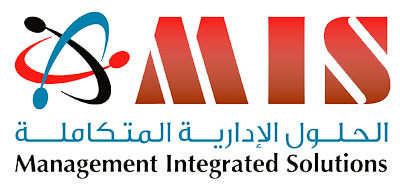Program Duration: 2 Days
Program Objectives
• To familiarize participants with the main aspects of accounting and financial management, such as principles of financial statements and budget formation, cash flows and income management
• To demonstrate to participants how financial information is analyzed, how it is vital for making management decisions
• To train participants to effectively work with company’s financial statements
• To exercise practical skills for forming budgets.
Program Outcomes:
• Adopt and interpret correctly the target financial statements and ratios.
• Utilize the analysis of the financial statements in decision making process.
• Coordinate effectively with finance department as well as other concerned departments.
Program Contents
Part 1. Accounting and reporting
• Principal accounting systems:
– Finance, and management accounting
– Generally accepted accounting principles
• Components of annual financial statements
• Balance Sheet as a source of information on company’s investments and sources of financing
– Balance Sheet equation
– Main Balance Sheet sections
– Balance Sheet analysis
• Examples of Balance Sheet structure of well-known companies from different industries
• Case study: Accounting for company’s operations, using “double entry method”, preparation of company’s Balance Sheet and its analysis
• Income Statement (IS) as a source of information of company’s business activity
– Problem of revenue and expenses recognition
– Income Statement formats
– Definition of income (gross, EBITDA, operating, EBIT, net income)
– Income Statement analysis
– Examples of structure and trends of IS measures of well-known companies
• Case study (continued): Preparation and analysis of Income Statement
• Statement of Cash Flows (SCF) as an instrument of cash flows management
– Structure of Statement of Cash Flows
– Methods of preparation of Statement of Cash Flows: direct and indirect
– Analysis of Statement of Cash Flows
• Examples of structure and trends of SCF measures of well-known companies
• Case study (continued): Preparation and analysis of Statement of Cash Flows
Part 2. Analysis of Financial Statements
• Financial ratios
– Return on operations (sales), profit margin
– Business activity (assets turnover, working capital management)
– Return on assets (ROA)
– Financial solvency and liquidity
– Return on equity (ROE)
– Factor Analysis based on financial measures of well-known companies from different industries
• Case study (continued): Analyzing the results of company operations using the financial statements completed on the first training day
Part 3. Company’s Budget Formation
• The system of financial planning and budgeting
– Cycle of working with information in the management process
– Setting up goals and objectives for the budget period
– Order of budget estimation (steps to follow)
– Budget analysis
• Case study (continued): Formulating company’s budget based on analysis of results of company operations using the calculations made on the first and second training days
• Budget analysis. Development of actions aimed to achieving of the objectives set. Conclusions and recommendations
Summing-up the training. Questions and answers. Feedback
Program Design and Target Participants:
This program is designed for non finance people who are involved in preparing budgets, projects and decision making.
Program Delivery Methods:
• Workshops.
• Individual and group exercises.
• Group discussion.
